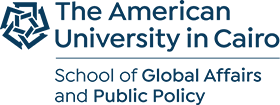From Cold War to Regional Reconciliation: The New Pragmatism in the Middle East
The new pragmatism in the Middle East is leading to a regional reconciliation process that, though some critics doubt it, is showing signs that it can sustain itself in the near future.

